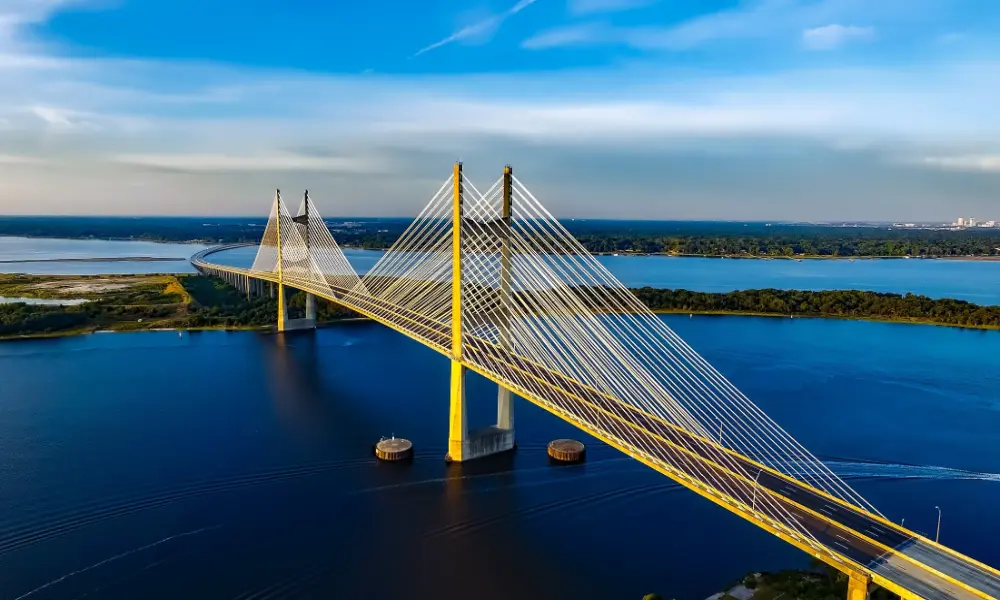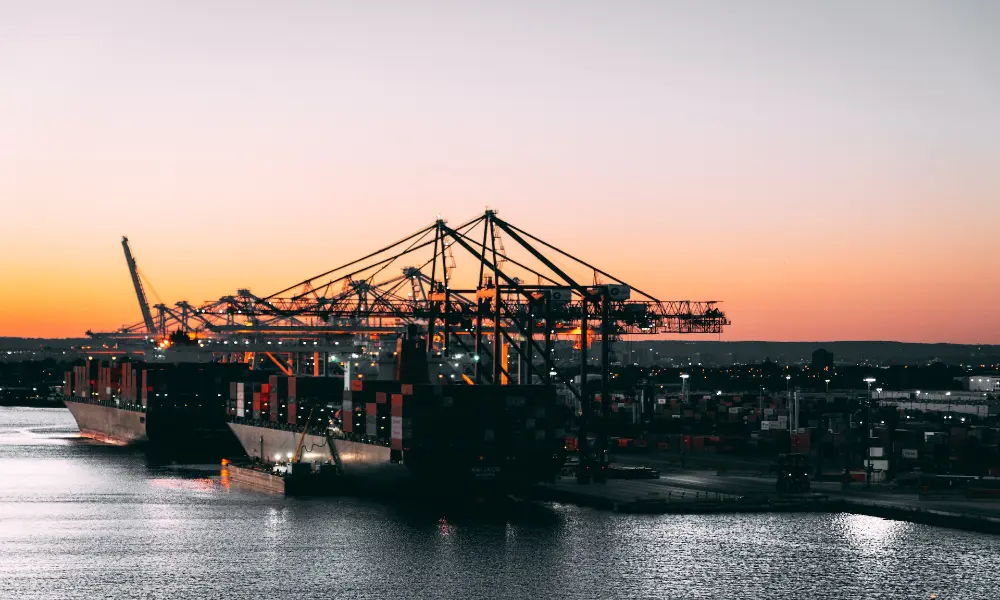Investing in the Deep-sea Winds
In a world increasingly pivoting towards renewable energy, established offshore wind turbine designs have had their fair share of glory. But as we know, technology stutters when it becomes complacent, and thus, the race to create better offshore wind turbines, particularly ones suited for deep-sea locales, is an ongoing scientific and engineering feat. Among the frontrunners in this quest is a Norwegian startup, World Wide Wind, which has not only crafted an innovative design but also positioned itself at the testing phase in tandem with a leading industry competitor.
A Rare Alliance Breeds a Unique Prototype
Joining forces with AF Gruppen, Norway’s second-largest engineering and construction company, World Wide Wind is paving the road for offshore wind turbine development. The plan is to test a one-of-a-kind prototype at Vats, along Norway’s southwest coast. AF Gruppen commits to catalyzing the offshore wind market’s expansion by crafting cost-effective production possibilities and testing more turbines at different locations. These tests will assess the prototype – a 30kW turbine stretching about 62 feet, featuring the innovative facets of the design.
Embracing Innovation and Confronting the Sea
World Wide Wind’s design focus takes into consideration the testing conditions of deep-sea wind farms. The design incorporates two counter-rotating blade sets on a vertical axis and houses the generator at the base of the structure. Much like a sailboat treads in the wind, the turbine flexes gracefully too. World Wide Wind suggests that about 80 percent of these wind projects are planned for deep-sea locations, where the gust is most forceful, hence subjecting the turbines to more extreme environmental conditions.
An Alternative to the Conventional
The founders of World Wide Wind critique traditional horizontal-axis turbines, condemning them as ineffective for deep-sea wind farming, mostly because their designs are optimally suited for onshore applications. World Wide Wind’s concept provides a refreshing perspective – a vertical-axis contra-rotating turbine. This unique assembly comprises two simultaneous counter-rotating blades, with the generator offering stability at the base of the shaft in an underwater setting.
The Wind of Change
World Wide Wind’s design reaps numerous benefits, including better energy capture efficiency, lesser wake turbulence, and wind channelization down to sea level, all of which cumulatively allow for minimizing the space between turbines by 50 percent. The design also boasts fewer parts and negates the need for gears, minimizing its heft by up to 30 percent, translating into significant cost cuts in construction.
Exploring the Potential of Aluminum
Going beyond testing, World Wide Wind has chalked out strategies with Norwegian energy giant Hydro to explore aluminum’s utility in the turbine’s construction. With Hydro focusing on low-carbon and recyclable aluminum, the turbine design scales up the use of environment-friendly materials.
The Road Ahead
After the prototype tests with AF Gruppen, World Wide Wind has ambitions to venture into a 1.2MW pilot in early 2025. By 2030, the company plans to launch a commercial 24MW turbine. Through rigorous innovation, persistent testing, and revolutionary concepts, the future of offshore wind turbines promises a sustainable and cost-effective shift in harnessing energy.



